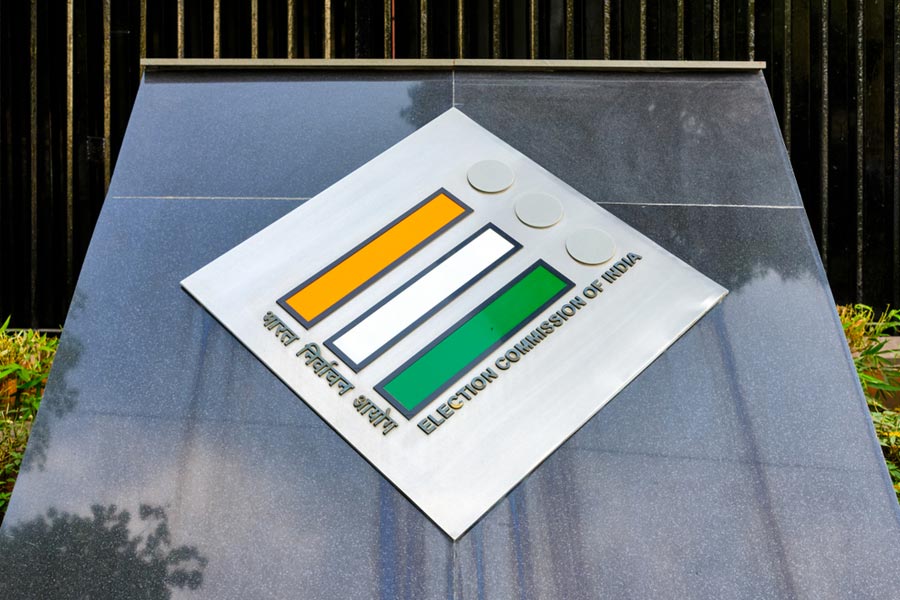 |
Mumbai, Feb. 3: Banks are seeing a lower growth in savings and current account (CASA) deposits, which is putting their margins under pressure.
The lower growth has been attributed to high inflation and the presence of competitive investment products.
CASA ratio — the proportion of current and savings account deposits in total deposits — plays a key role in boosting margins.
Results for the third quarter of 2012-13 show that the growth of CASA deposits has come down on a sequential basis. While some lenders were reporting single-digit growth in these low-cost deposits on a quarter-on-quarter basis sometime back, it is down to around a couple of percentage points now.
“Whenever inflation remains elevated, people prefer to invest in products that are the best hedge against inflation. Though both the WPI and core (non-food manufactured products) inflation have shown moderation, what really matters is retail inflation, which is close to 11 per cent. In such times, savings potential has moved to physical assets such as gold. It is also to be noted that whenever inflation remains elevated, the propensity to save also comes down,” Rupa Rege Nitsure, chief economist at Bank of Baroda, said.
State Bank of India chairman Pratip Chaudhuri said tax-saving instruments were proving to be a tough competition for bank deposit products.
“We are facing a flight of deposits, a lot of money is moving to mutual funds. Today, banks are loaded with handicaps, our interest is taxed at the highest rates, whereas mutual fund investments even in debt funds are taxed at a benign rate,” he said.
The SBI chief had recently argued in favour of the payment of interest on current account deposits.
He had said the Reserve Bank of India, which deregulated interest rates on savings accounts, should also allow lenders to offer 2 per cent interest on current accounts. However, the SBI is one of the many lenders that did not raise savings rate after the apex bank deregulated it in 2011.
Deposits have been growing at 13.3 per cent, lower than the RBI’s projection of 15 per cent for this fiscal. One of the reasons is that savers have invested more than Rs 1 trillion in various mutual funds in the first nine months of this fiscal.
Analysts said the lower growth in CASA deposits was putting pressure on bank margins. Punjab National Bank saw its net interest margin declining to 3.47 per cent in the third quarter from 3.50 per cent in the preceding quarter.
According to Vaibhav Agrawal of Angel Broking, HDFC Bank also witnessed a 10-basis-point fall in margins to 4.1 per cent because of the 50-basis-point sequential drop in its CASA ratio.
However, some lenders have managed to buck the trend. Allabahad Bank and the Union Bank of India have been successful in posting higher CASA growth during the quarter.










